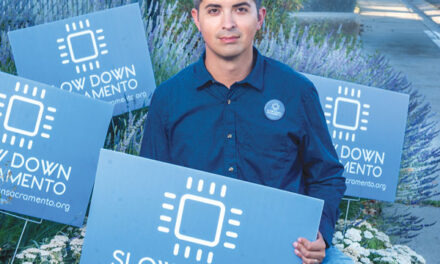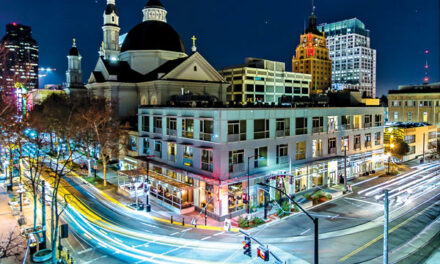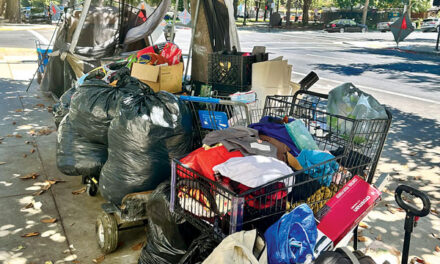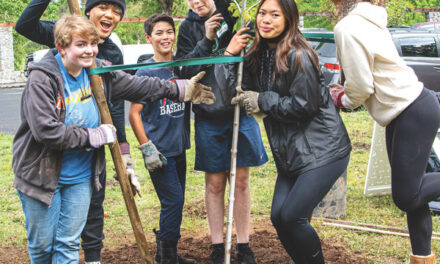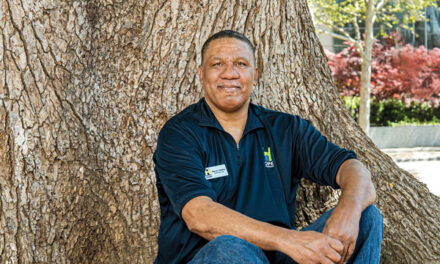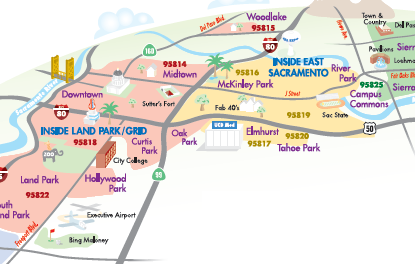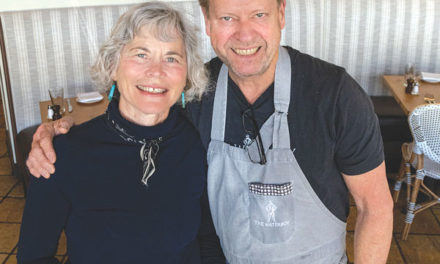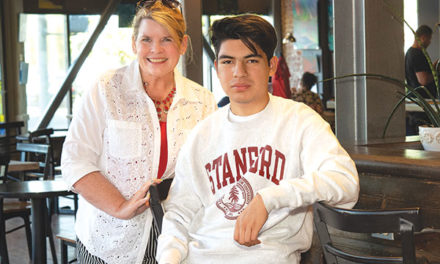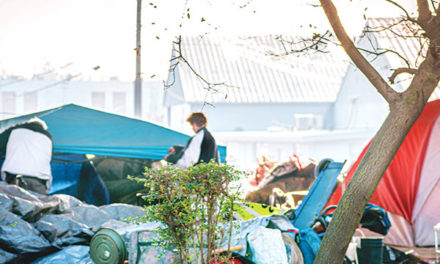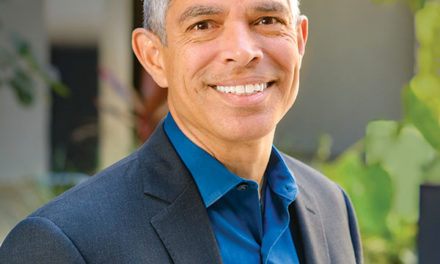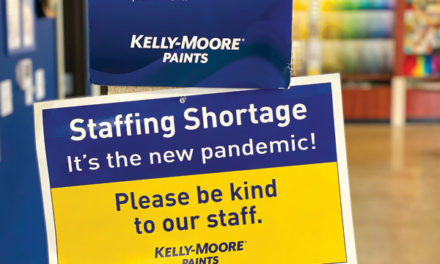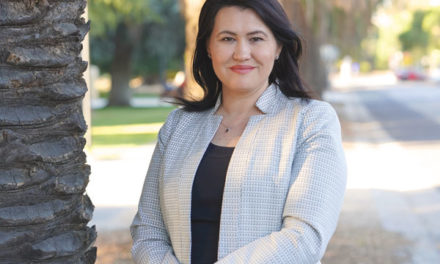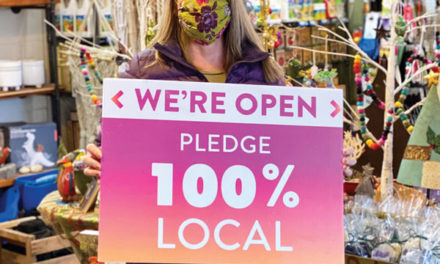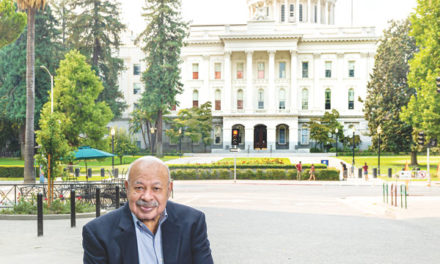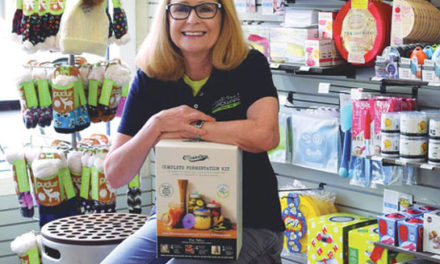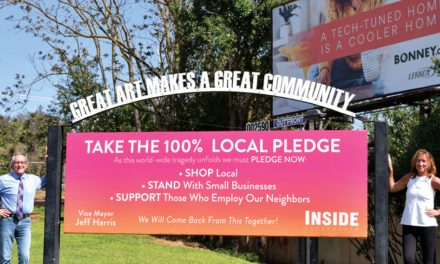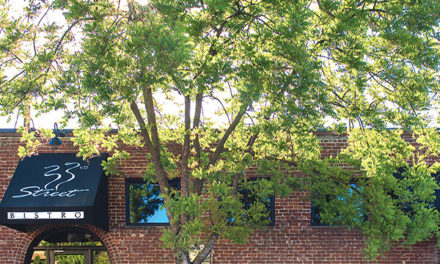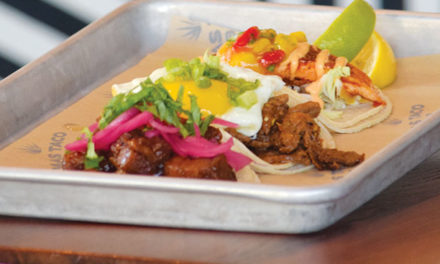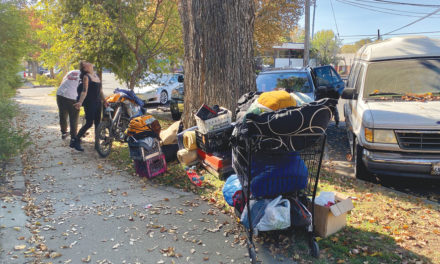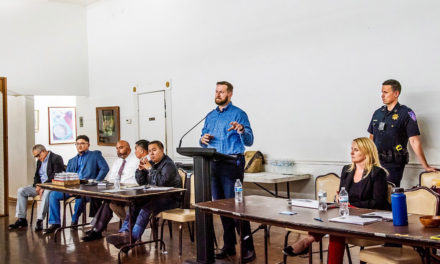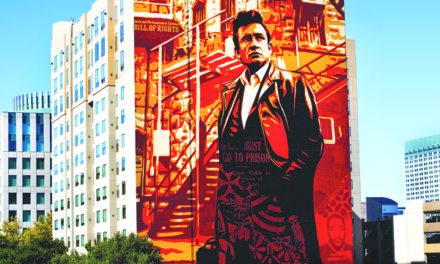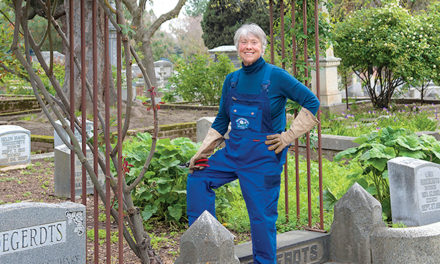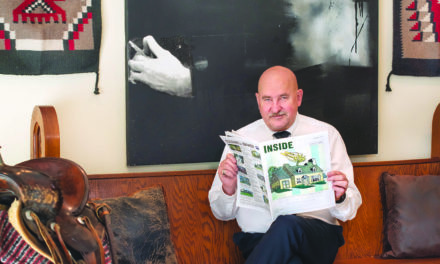Food for Thought
A toast to local restaurant owners who beat the odds
By Cecily Hastings
November 2018


I’ve always thought owning a restaurant was one of the toughest jobs around. Thirty years ago when living in San Francisco, I had a friend who was a restaurant consultant. When we first met, I naively asked why an owner would need to hire her. In those days, the San Francisco restaurant scene was in its heyday. New places had opened everywhere. Tables at popular spots were hard to book.
What she shared profoundly changed how I viewed the industry. First, she explained restaurants tended to keep much longer hours than other retail businesses. The products they sold were fresh and perishable, making waste a constant threat. Employees had the potential to steal food and alcohol.
In those days, food service primarily revolved around cash, which carried the risk of robbery. Food-service workers were often more transient than employees of other businesses. My friend also pointed out restaurants required a large investment just to open the doors.
And once open, weeks were needed to resolve training and service issues with staff not accustomed to working together. All this happened while customers—if the restaurant owners had money left for marketing—were eager to judge the new place and test its worthiness.
A restaurant must get many things right. If the menu has limited courses, each dish should be perfect, or the verdict will be negative. A billing error could make a customer not return.
When a dining experience is top-notch, customers tend to be generous. But if there are problems, they can be brutal. Some folks, like me, tend to address a bad meal or poor service politely and discreetly to the waiter or manager. But others can be loud and obnoxious, especially if consuming alcohol. And folks with bad experiences share them.
While these challenges mostly hold true today, there are new pressures unheard of three decades ago.
Social media has taken criticism to a new and often brutal level. Of course, a good experience can be widely shared. But criticism tends to drive much of social media. Rather than talk to a restaurant manager and try to help them improve, it’s easier to slam them on Yelp.
From what I hear, most business owners despise Yelp. It promotes the most critical reviews and expects businesses to advertise on Yelp to counter the criticism. It’s a no-win situation for many owners. Sadly, our society has become far less forgiving.
We are blessed that Sacramento has a lively and interesting restaurant scene to match our status as America’s farm-to-fork capital. Our Inside Sacramento book features about 75 great places to eat. In the second edition just published, we removed several businesses that hadn’t held up well since the first book was released in 2016.
And each month in our magazine pages, we review a dining establishment. In our more than 20 years, we have never run a negative review. Occasionally, there might be negative comments. But since our publication takes primarily a positive look at our neighborhoods, I decided the restaurant business was too tough and our readership too large to risk destroying a business.
It’s not that we haven’t had bad dining experiences. But our reviewer Greg Sabin knows if he has a bad meal, he can send me the bill and I’ll pay it. He can try another place. He’s savvy and connected, so this doesn’t happen often.
If I know the owner, I contact them and ask them to call me back if they wish to know about a less-than-perfect experience. Sometimes they call back and I am honest. Other times, I never hear from them. Owners I speak with are appreciative.
According to one recent report, Sacramento could be reaching a tipping point for new bars and restaurants. The Sacramento Business Journal reported with more than 200,000 square feet of new eateries and watering holes opening in the central city by year’s end, there’s a good chance that supply will outstrip demand, according to Colliers International Sacramento.
Mark Engemann, a senior vice president at Colliers who specializes in retail properties, said dining places have become more common in retail spaces because they are local experiences as opposed to retailers of soft goods. In the past decade, retail has been decimated, first from the recession and internet competition, and more recently from rising rents.
Restaurants face their own challenges as concepts aimed at mid-market struggle.
The report says in Downtown and Midtown, openings in the past three months have created a crowded market for new restaurants. The western half of Downtown Commons, adaptive reuse project 700K, The Bank on J Street and Ice Blocks in Midtown are poised for at least one, and typically more than one, new restaurant or bar to open before 2019. Together, these two neighborhoods account for more than 70 percent of Sacramento’s new openings in 2018.
More restaurants are planned for East Sac, West Sac and Arden-Arcade. Engemann says residential growth could eventually support the locations opened this year, but possibly not for another two to three years, or longer.
While the bar or restaurant concepts are new, in many cases they backfill empty spaces where a previous concept failed. Engemann says most restaurants look for second-generation space to keep costs down. With higher fees and rising tenant-improvement expenses, being the first restaurant in a location is risky.
Engemann predicts the possibility of a shakeout. He counsels that restaurants or bars must draw from nearby residential areas, rather than expect customers to drive from suburbs, especially on nights and weekends.
At Inside Publications, we are lucky to have a stable group of loyal restaurant advertisers. They understand our direct-mail delivery insures neighbors around their locations know they are ready for business.
But more new restaurants rely exclusively on social media to advertise their presence. Honestly, I’ve never been enticed to a new place by social media. I usually find out about a restaurant by seeing the new business, meeting the owners, or hearing from a friend. And what about all the customers who have never engaged, or have opted out of social media? They need to be reached.
As restaurants multiply, local dining dollars don’t expand at the same rate. And while social media can drive folks to new places, there’s a risk they won’t become loyal customers. Many people follow social media buzz and hop from place to place.
Long-time restaurant owners see this all the time. The new kid on the block gets the attention. But unless they can deliver long-term value and great service, folks quickly move on.
This is why I’m so impressed by our prominent and successful Sacramento restaurateurs, including Randy and Stacy Paragary, Matt and Fred Haines, the Fat family, the Selland family, Rick Mahan, Ernesto Delgado and Patrick and Bobbin Mulvaney. And those are just the owners I personally know. There are many others who put their hearts and souls into this local industry. And they succeed against tremendous competition.
It will be an interesting and challenging year ahead for this venerable and formidable Sacramento industry.














